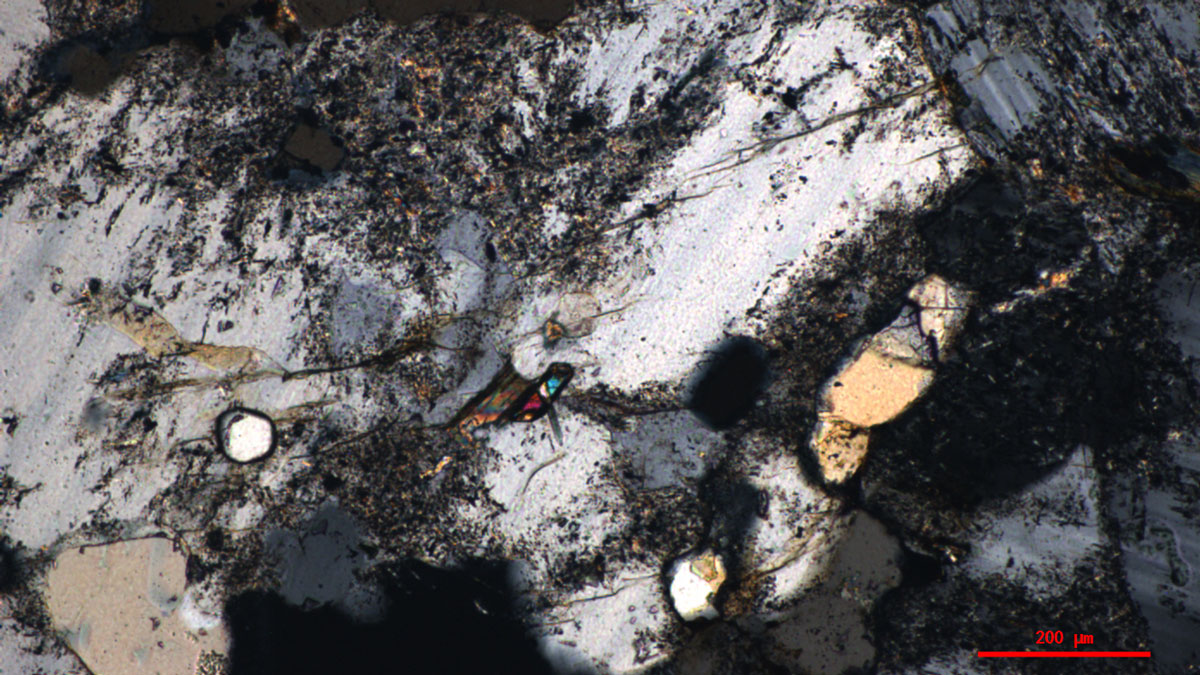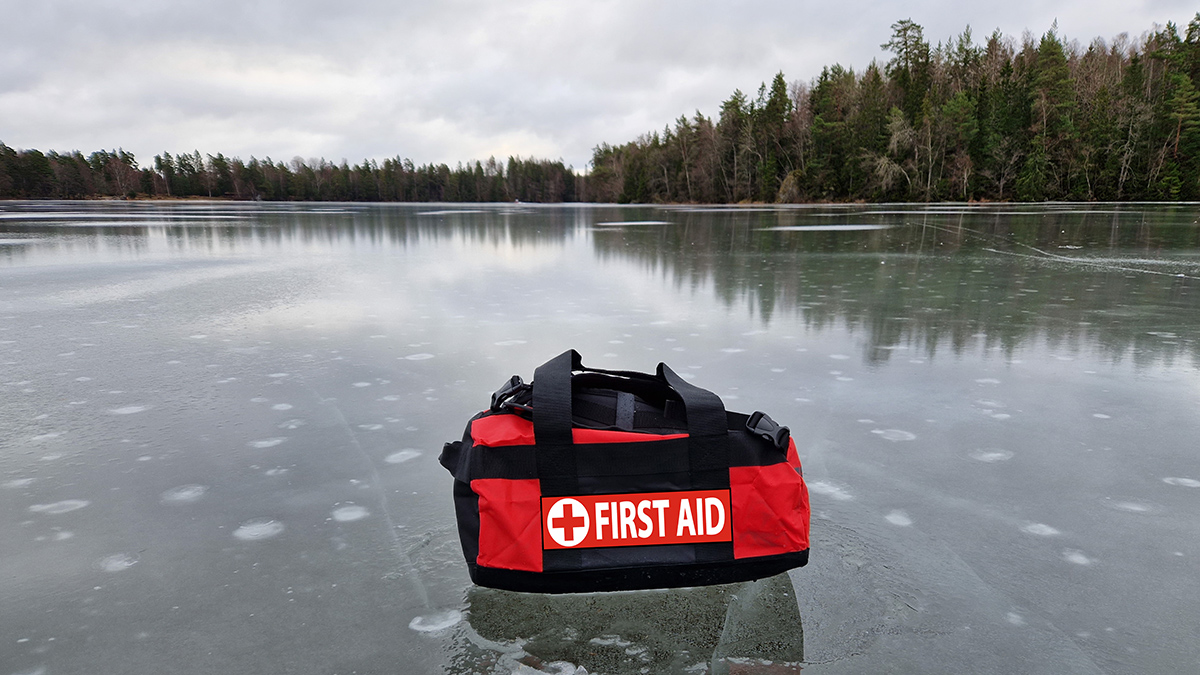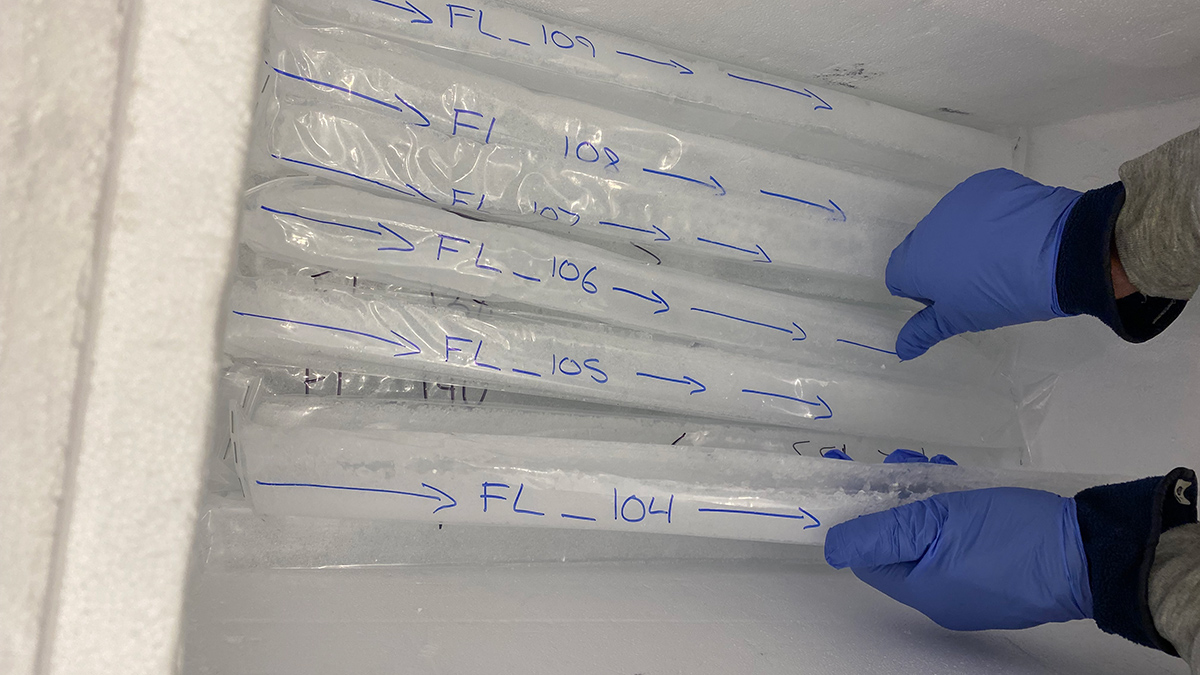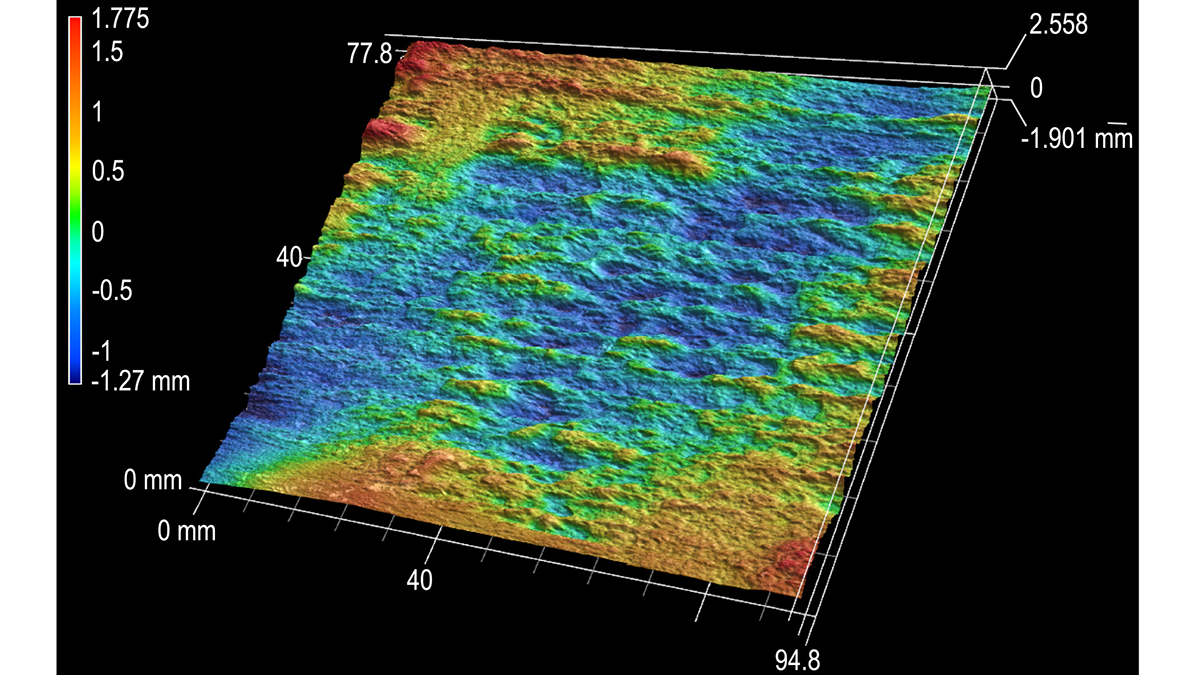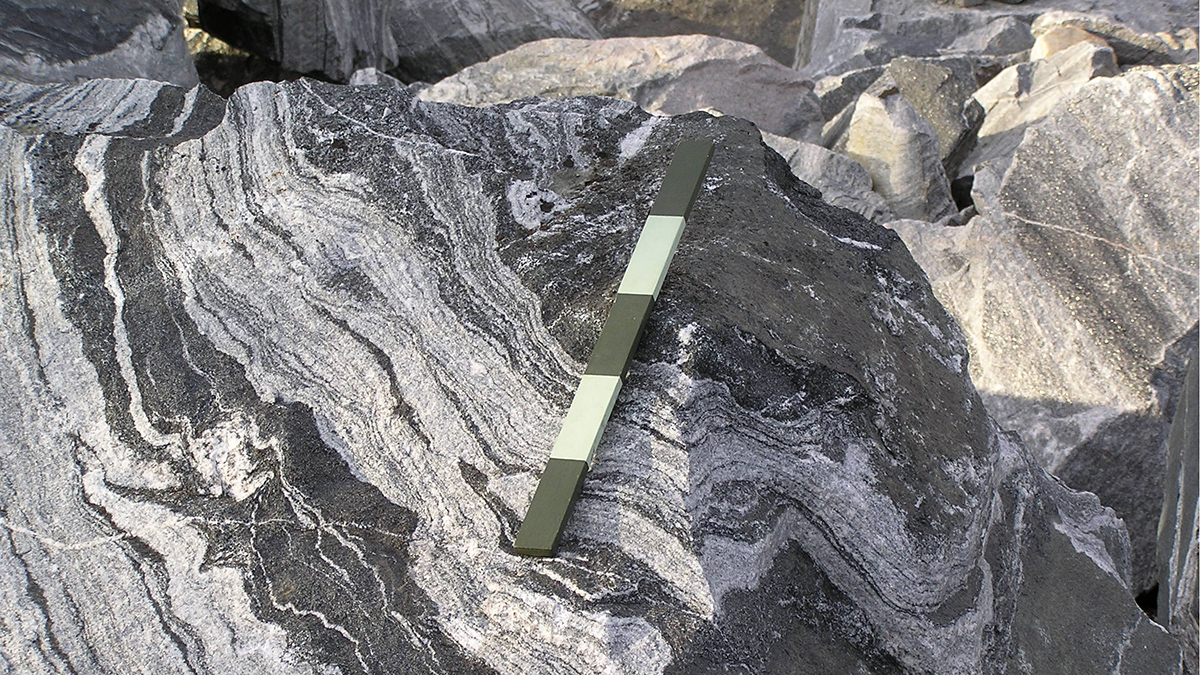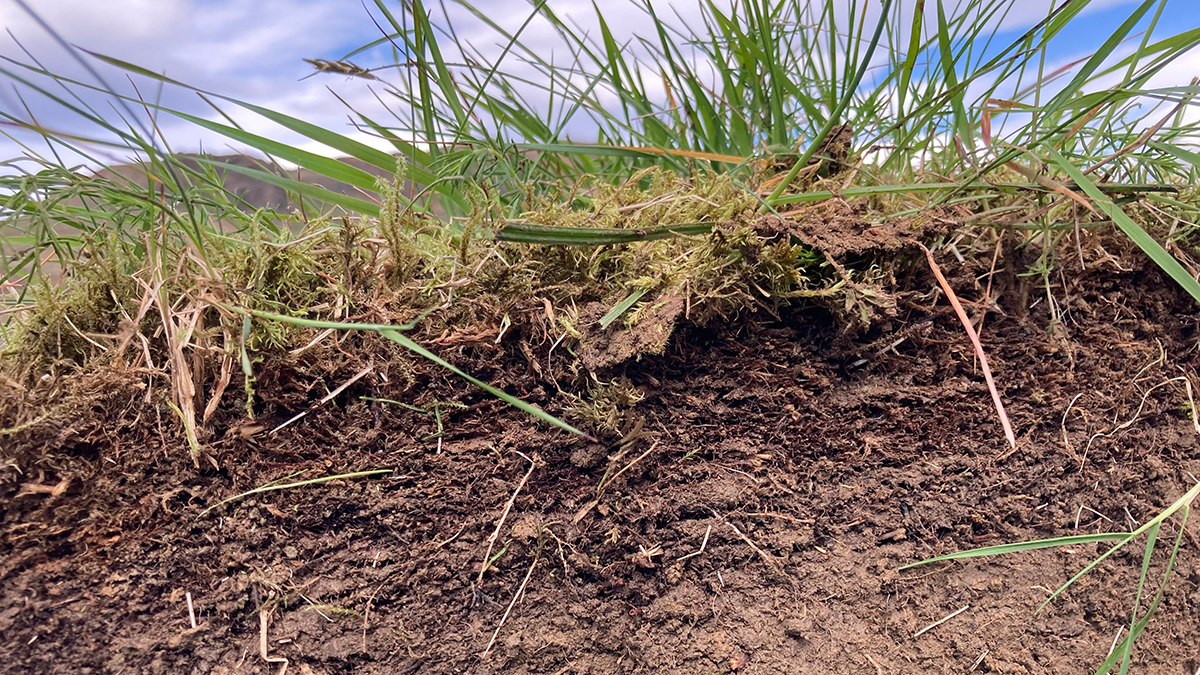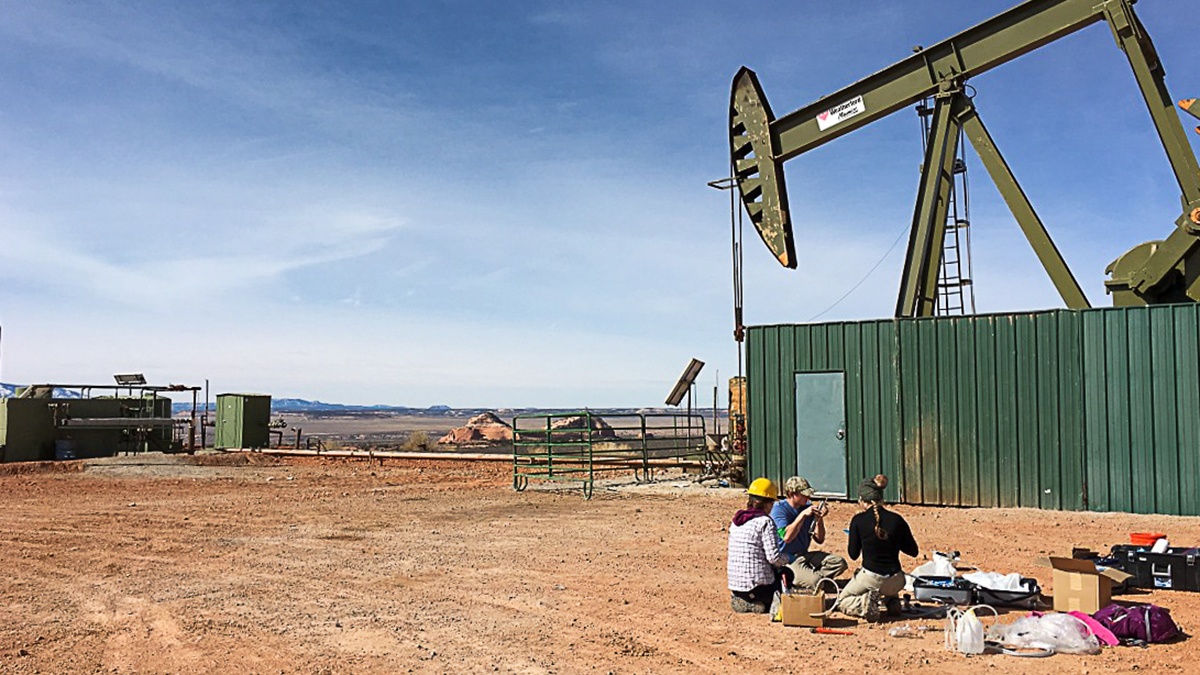Information from igneous zircon molecules gives researchers new insight into the workings of inner Earth.
Earth science
Lakes Worldwide Need a Checkup
Lakes are facing a slew of health issues that may become chronic. Can human health care strategies help?
Ocean Waves Mist Decades-Old PFAS into the Atmosphere
“Forever chemicals” enter the air as sea spray aerosols, polluting coastlines and beyond.
Núcleos de hielo de la Antártica capturan la contaminación de los metales pesados y su historia
Un núcleo de hielo que tiene registro más de 2 milenios, sugiere que la minería y la metalurgia aumentaron y disminuyeron con acontecimientos como las guerras y las epidemias.
Hydraulic Fractures Are Lazy
The layering of rock masses can help constrain and focus the growth of hydraulic fractures.
Swift Quakes Caused by Stomping Feet, Not Booming Beat
Concert tunes don’t make the same seismic noise as the exuberant crowd does.
From First Continents to Fancy Countertops
A new study suggests melting gabbros may have helped form Earth’s first continents, riling a long-standing debate.
How Are Deep Soils Responding to Warming?
Scientists aim to integrate observations from deep-soil-warming experiments worldwide to better understand how ecosystems vital to food security and environmental health will react to climate change.
Anthropocene Activities Dramatically Alter Deep Underground Fluid Flux
Scientists call for improved understanding of how our influence on deep subsurface fluids and microbes might affect the larger Earth system.
When It Rains, It Pours!
Water that falls on a forest canopy during rainfall events reaches the ground at focused locations called “pour points”. This insight has a major impact on how we view hydrologic processes on the ground.

